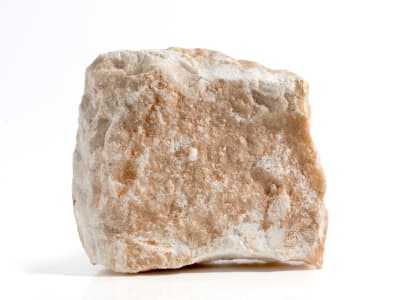Alabaster is a fine-grained massive form of gypsum. Alabaster ranges from white to yellow, pink, and brown. Due to its porosity it is often dyed. It has been used for centuries for statues, carvings, and other ornamental purposes. Treated alabaster is used as a marble simulant. Due to its extreme softness, it is ideal for fashioning into works of art.
General Information
Tolerance:(+0.001/-0.001)
LWUV: Inert to weak brownish to greenish white
Alabaster Colors
-
 Brown
Brown -
 Pink
Pink -
 White
White
Alternate Names
Alabastrite
Countries of Origin
Ecuador; Russian Federation; Japan; United States of America; United Kingdom of Great Britain and Northern Ireland; Switzerland; Spain; Austria; Poland; Italy; Slovakia; France; Peru; Germany
Care
Due to its soft nature alabaster needs to be kept away from harder materials that will damage its surface. Alabaster will turn cloudy if exposed to heat.
